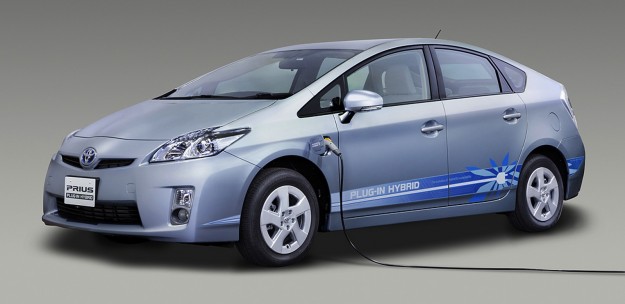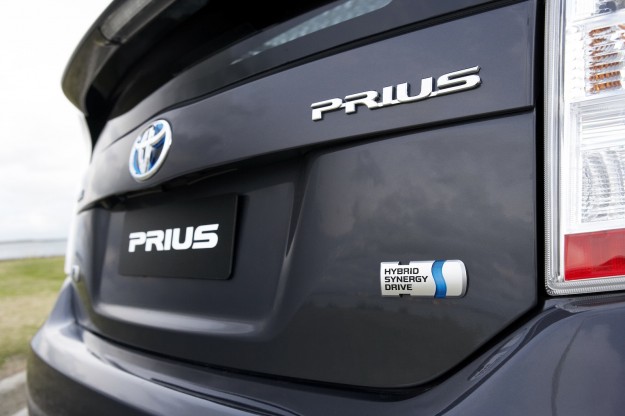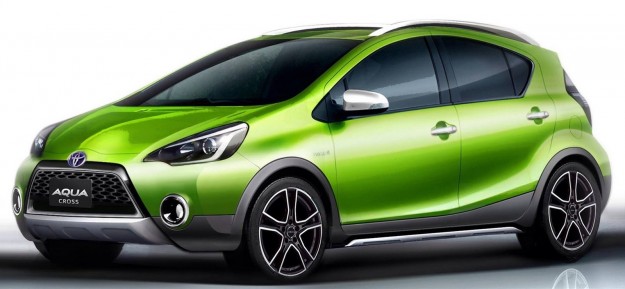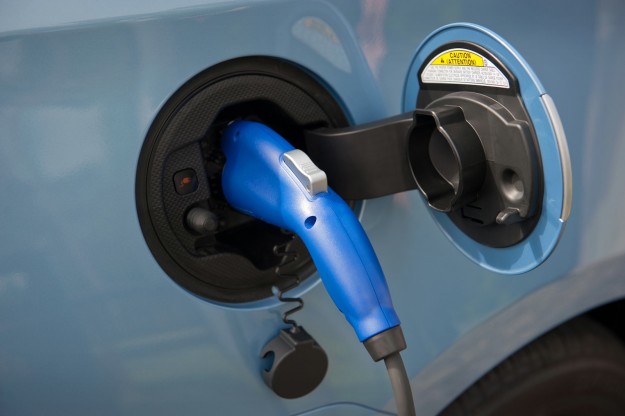The godfather of the Toyota Prius says he will improve the efficiency of the next-generation hybrid while making the new model fun to drive.
Toyota deputy chief officer of product planning and chassis engineering managing officer Satoshi Ogiso says the fourth-generation Prius will need to balance heightened fuel economy with the enhanced dynamics demanded by Toyota CEO Akio Toyoda.
“I understand that the prioritisation of the Prius itself is a little bit different to other vehicles,” Ogiso-san begins.
“Basically, Akio-san, he’s my boss and I like him very well, and he understands the Prius itself very well, so based on his direction I translate his order to Prius concept.
“At this moment, customers are pleased with Prius performance … but we should not compromise fuel efficiency or Prius innovative brand strongpoint by fun to drive, so we have to expand both things.”
Ogiso-san points to the evolution of Prius models as an expectation of fuel consumption improvements; with each Prius generation economy improved by around 10 per cent, meaning an expected 3.5L/100km from the new model due in 2015.
Ogiso-san has recently had his business title expanded to include chassis development for all Toyota products, and he explains that the original AE86 was an inspiration for him to join Toyota in the first place.
“Recently my name card shows product planning including Prius, and my second line says chassis design, so I should add the fun-to-drive image,” he continues.
“One of the strong reasons why I’m here as Toyota engineer is Toyota produced first-generation Hachi-Roku 86 starting from 1983. I joined Toyota 1983. That was an exact timing of when Toyota launched model AE86, Hachi-Roku.
“That is one of the strong reasons why I joined Toyota, because when I was in university I belonged to automobile club … my hobbies is driving car and participating rally and … the main reason I joined Toyota is because I graduated university in April 1983 and I chose to join Toyota the middle of 1982.
“At the time, some scoop information in the magazine – of course in 1980s there’s no web – so I checked the magazine scoop information and Toyota will launch the Trueno, so called code number 86, so that is one of the strong reasons why I joined Toyota”.
The product planning and chassis development manager also says that he wants more volume out of future plug-in hybrid Prius (PHP) models, which would indicate an expansion of production models into countries such as Australia, to rival plug-in competitors such as the Holden Volt.
“From global point of view at this moment, Prius plug-in hybrid percentage share is roughly less than 10 per cent,” he tells.
“There’s no official number for next-generation share of plug-in hybrid, but we will try to expand plug-in hybrid percentage.
“To expand PHP’s percentage we will improve PHP’s performance, for example EV driving distance or maximum speed or cost reduction for PHP batteries.”
But a Prius SUV may be as ruled out as a fuel cell or electric vehicle wearing a Prius badge, despite a recently expanded family of light hatchback and people-mover models.
“We are wondering whether … compact SUV should be included in Prius line-up or not. Whether or not [it is called] Prius we should include hybrid. We are continuously studying. We think about Prius brand strategy, and how to strengthen the Prius brand.
“Small SUV type is very possible so Toyota … I should not say, but Toyota may study this kind of model. But we have not decided if it should be categorised as Prius brand or not.
“We have to choose to reinforce the Prius brand itself, rather than increase the Prius line-up.
“My personal opinion is we should not expand too much. Of course Prius brand has strong image, and strong performance … but we should not expand the line-up too much.
“For smaller compact SUV some possibility remain, but we have to think about very carefully, because basically SUV has some characteristic for being robust and additional vehicle weight or reduction of fuel efficiency, so we should think about very carefully”.









